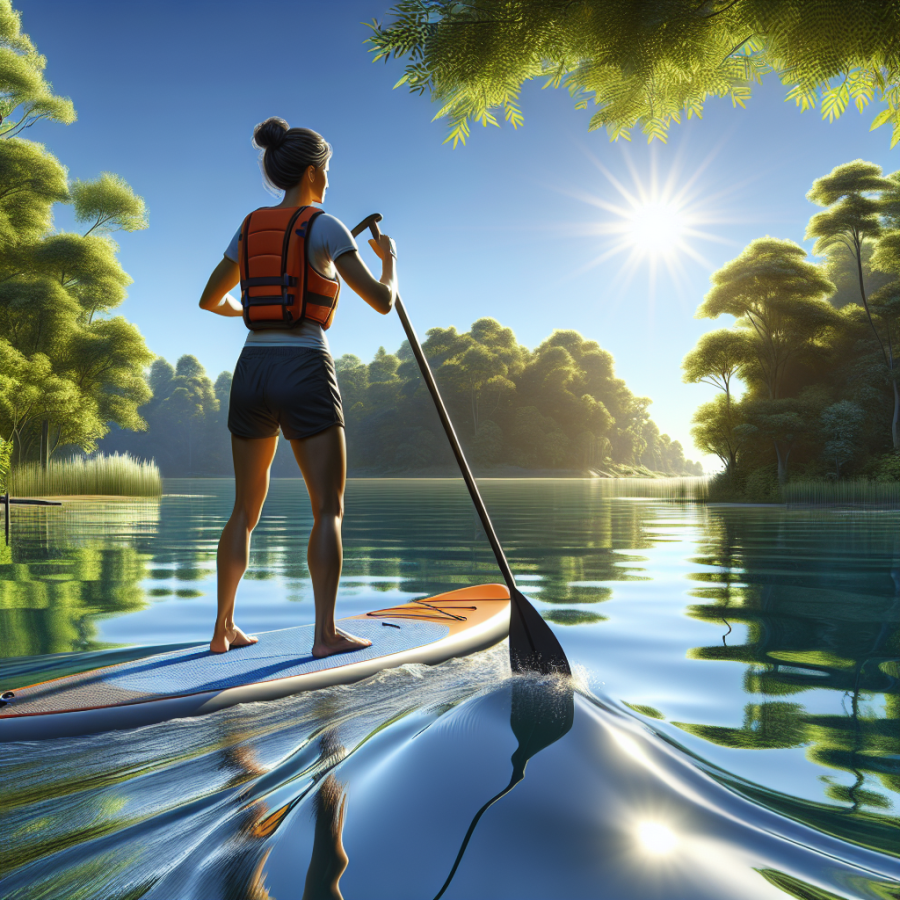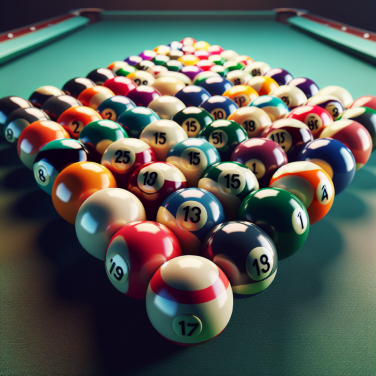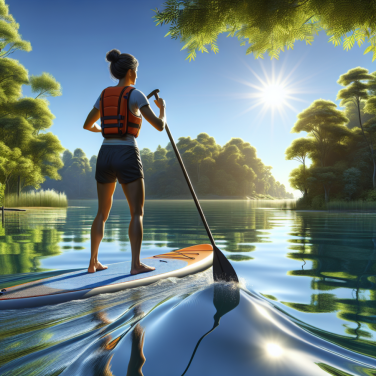Mastering the Basics of Standup Paddleboarding
Standup paddleboarding (SUP) is a water sport that not only provides a full-body workout but also offers a unique way to explore rivers, lakes, and oceans. To conquer the waves with confidence, it's essential to master the basics of this enjoyable activity.
**Getting Acquainted with Your Equipment**: Choose the right SUP board according to your weight and skill level—typically, wider and longer boards offer better stability for beginners. Your paddle should reach your wrist when you raise your arm above your head, ensuring a comfortable and efficient stroke while you paddle.
**Proper Stance**: Positioning yourself correctly on your SUP board is crucial. Stand parallel to the board’s edges with your feet hip-width apart, centered between the edges. Keep your knees slightly bent to maintain balance and absorb any bumps from the waves.
**Paddling Techniques**: Paddling efficiently requires a combination of proper posture and technique. Reach forward with the paddle and immerse the blade fully in the water, pulling it back toward your feet in a smooth motion. Engage your core muscles and rotate your torso to maximize power and minimize fatigue.
**Turning the SUP Board**: Mastering turns helps in navigating through tight spots and changing direction effectively. For a basic turn, paddle on one side of your board to change direction slowly. More advanced maneuvers, like step-back or pivot turns, involve shifting your weight to the tail of the board and using quick, sweeping paddle strokes.
**Handling Waves and Choppy Water**: Practice makes perfect when it comes to maintaining balance in rougher conditions. Keep your knees bent and your weight centered. Watch the waves and learn to anticipate their movement. Paddle into waves at an angle to reduce the impact and risk of falling.
**Safety First**: Wear a suitable personal flotation device (PFD) at all times, and consider safety leashes that attach you to your board to prevent it from drifting away in case you fall in the water. Always check the weather and water conditions before heading out and never paddle alone in unfamiliar or challenging environments.
**Respect for the Environment and Others**: As you enjoy the sport, remember to show respect for wildlife and fellow water enthusiasts. Avoid littering, steer clear of sensitive habitats, and maintain a safe distance from other paddlers, swimmers, and surfers.
By focusing on the basics and building a solid foundation of skills, you'll soon navigate the waters with ease and confidence, making every paddleboarding outing a rewarding experience.
Read also:
Mastering Your Jump Shot: Tips for Better Basketball Accuracy
Advanced Techniques for Confident Paddleboarding Adventures
Mastering the technique of paddleboarding takes patience and practice. Beyond the fundamentals of balancing and maneuvering your board, there are advanced techniques that can help you navigate even the most challenging water conditions with confidence.
One of the most important advanced techniques for standup paddleboarding is understanding and utilizing proper foot placement. Shifting your weight and adjusting your stance on the board can provide better control and stability. For example, placing your feet in a slightly staggered position can give you increased leverage for making sharper turns or handling choppy waters.
Engaging your core is key to maintaining balance on a paddleboard, but as you progress, you'll also learn to use your hips to steer. This involves tilting your hips in the direction you want to go, which, when combined with paddle strokes, can be more effective than using your paddle alone. This technique requires practice but can significantly improve your maneuverability.
Paddle technique also evolves as you become more experienced. Power paddling, for instance, is a stroke that maximizes effort for increased speed and is particularly helpful when trying to catch waves or when racing. It requires using the entire body—not just the arms—to pull the paddle through the water in a more powerful and efficient way. The catch, power phase, and recovery all demand precise timing and power transferring to propel the board swiftly through the water.
Another technique to enhance your paddleboarding experience is learning how to read the water conditions. Gauge the direction and the strength of the currents, wind, and waves. Being able to anticipate how these elements will affect your route and stability can help you stay upright and maintain your course.
Understanding wave dynamics is essential if you want to take your paddleboarding adventures into the surf. You'll need to learn how to time your entry and paddle powerfully to catch the wave, and then how to shift your weight to ride it successfully. Practicing on smaller waves before moving to larger ones is vital as it provides the opportunity to learn wave patterns and how to react to them.
Lastly, advanced paddleboarders should be familiar with self-rescue techniques. In the event that you fall off your board or encounter difficulty, knowing how to get back on your board in deep water, how to signal for help, and how to conserve energy can be lifesaving. In uncertain conditions, staying calm and having a practiced set of skills to rely on will keep your paddleboarding adventures safe and enjoyable.




